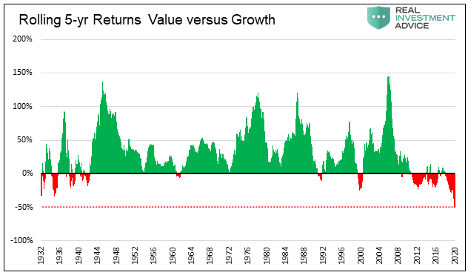Advisor Perspectives welcomes guest contributions. The views presented here do not necessarily represent those of Advisor Perspectives.
Q3 2020 hedge fund letters, conferences and more
If you have ever driven on California’s Pacific Coast Highway (PCH), you understand risk. For those who haven’t made the drive, you are missing out on a spectacular winding road perched between a steep cliff and the ocean well below. Staying safe on this harrowing road requires strong driving skills and a good set of brakes.
Above and beyond what is in the driver’s control, the essential defense protecting drivers is the guard rails. If the PCH were fortified with 20-foot concrete walls, the risks of driving the road would be minimal but the incredible views lost. Conversely, if there were no guardrails, the risks increase substantially. A healthy compromise lies between these two extremes.
Investors also have the ability to employ guardrails to the market. Sometimes they are large and protective. Other times they are negligible. Unfortunately, investors have little appreciation for those invisible guardrails and how to manage them. The efficacy of market guardrails should determine our risk-taking stance.
Credit
Before progressing, I would be remiss if I did not thank Steven Bregman from Horizon Kinetics. Steve brought the pitfalls of passive investing to my attention over six years ago. Here is a link to a great speech he gave at the Grants Fall 2016 conference.
Also, Chris Cole and Mike Green have done substantial work in quantifying the risks associated with the increasing popularity of passive strategies. This link offers an outstanding interview of Mike Green by Grant Williams.
Passive versus active
The market guardrails I allude to are based on the capabilities of active investors. Before explaining, it is worth a short review on passive and active investment strategies.
In 2016, I wrote Passive Negligence, the first of many articles on this topic. Per the article:
Passive index strategies are all the rage. Investors, desperate for “acceptable” returns are investing in funds whose value is directly linked to stock market indices. Unlike active funds, indexed funds do not perform investment analysis and are not looking for sectors or companies that offer greater return potential than the market. They do one thing, and that is replicate a particular equity index.
In 2016, passive index strategies were “all the rage.” Today they are the market. Active investors have become endangered species. Due to poor relative returns and short-term thinking clients, many active professionals have been forced to become less value- and more growth-oriented. Failing to adapt ultimately means business failure as clients flee to the growth/passive style. Similarly, most individual active investors have swapped active for passive strategies.
The graph below shows how value investors (active) have recently fared versus growth investors (mostly passive). The duration and magnitude of value’s underperformance is unprecedented.
Read the full article here by Michael Lebowitz, Advisor Perspectives

